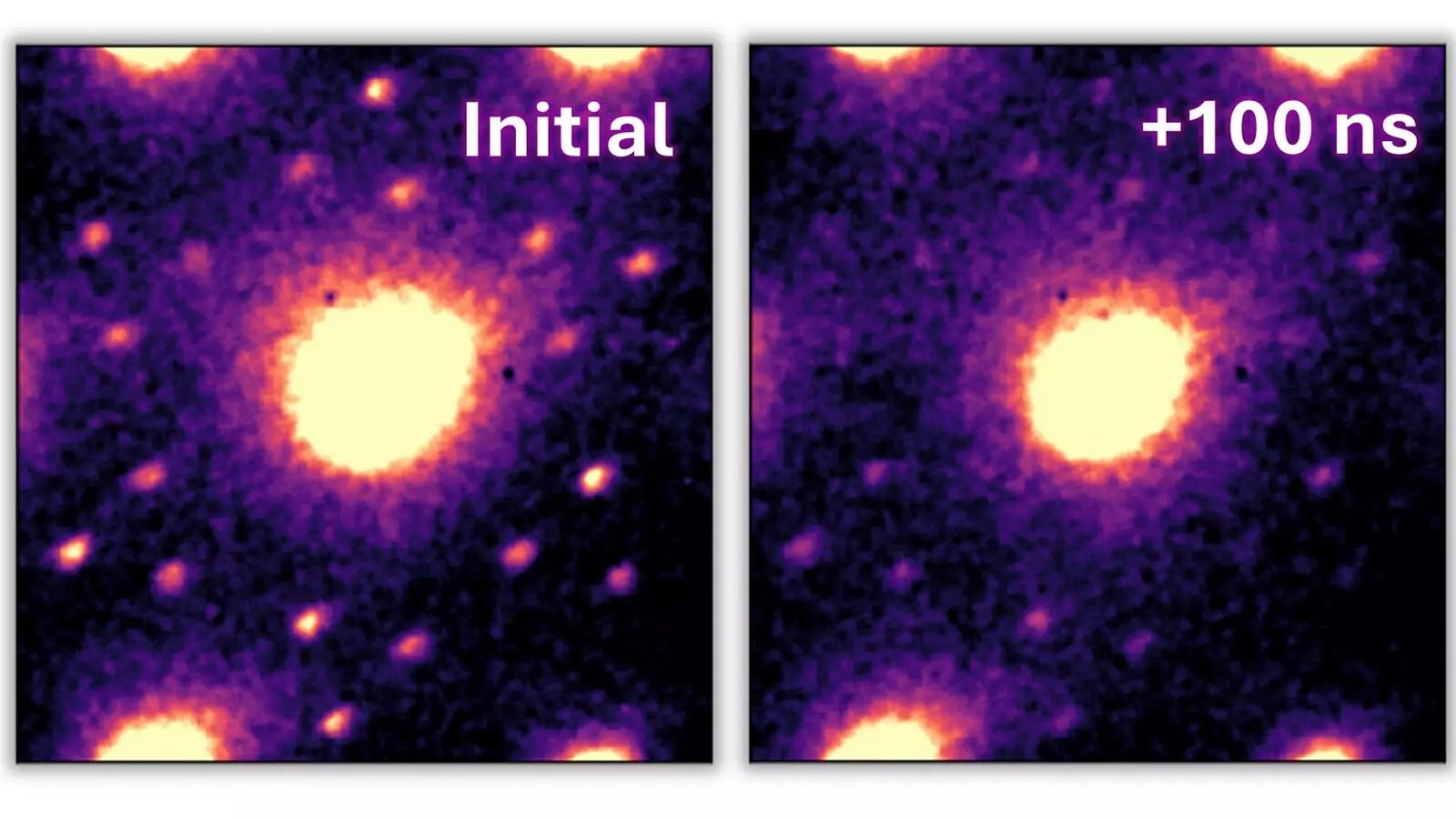The accelerating pace of technology has led supercomputers to consume staggering amounts of energy, often mirroring the power demands of entire communities. This energy crisis has triggered a race among researchers to find solutions that not only reduce consumption but also enhance computational power. Recognizing the urgent need for more energy-efficient computing methods, scientists are delving deep into the dynamics of artificial neural networks. These networks draw inspiration from the human brain’s structure and function, leveraging intricate patterns that govern neural activity. However, our understanding of the specific mechanisms involved—especially concerning the role of charge density waves—remains rudimentary.
Charge Density Waves: Nature’s Parallel to Neural Activity
Charge density waves represent an intriguing phenomenon where electrons, the fundamental carriers of electricity, form correlated wave-like patterns within certain materials. This wave formation can significantly alter the electronic properties of those materials, contributing to an increase in resistance that is fundamental to the operation of future computing technologies. By exerting control over the charge density waves, we can theoretically create a system where resistance can be switched on and off with remarkable speed, mirroring the rapid signal transmission in biological neural networks. Thus, the mimicry of neuronal processes could pave the way for ultra-precise sensors and remarkably energy-efficient computational systems.
Groundbreaking Research at Argonne National Laboratory
In pursuit of deeper insights into charge density waves, researchers at the U.S. Department of Energy’s Argonne National Laboratory have unveiled a powerful new methodology using ultrafast electron microscopy. This innovative technique leverages electrical pulses to examine the dynamics of materials like 1T-TaS2, a tantalum sulfide known to support charge density waves at ambient conditions. The methods employed allow for unprecedented observation of the electrically-induced interactions within the material, revealing new facets of the phenomena previously cloaked in mystery.
Notably, the research unraveled two surprising observations. The first revelation indicated that the charge density waves tended to “melt” in response to thermal energy produced from electric currents, rather than being directly affected by the currents themselves. This finding suggests a deeper level of interaction between heat and electronic behavior, akin to neural activation in biological systems. The second observation involved drum-like vibrations that occurred in the material—these vibrations might have ramifications not only for switching mechanisms but also for how signals could be processed in computational frameworks.
Transforming Our Understanding of Microelectronics
The landmark findings from Argonne not only advance our comprehension of charge density waves but also hint at vast implications for the future of microelectronics. The ultrafast electron microscopy technique has opened a new avenue for examining electronic materials at both nano and picosecond scales. As we venture further into an era where size and speed matter more than ever, materials like 1T-TaS2—capable of forming nanoscale layers—may play a pivotal role in the development of next-generation microelectronic devices.
By grasping the fundamental processes that govern these charge density waves, researchers can potentially manipulate a wide array of materials, altering their electrical and mechanical properties to suit various applications. The synergy between electric pulses, thermal dynamics, and wave behavior could lead to breakthroughs in energy-saving technologies and revolutionary enhancements in processing speeds.
A Step Towards a New Era of Computational Intelligence
In essence, the work being done at Argonne National Laboratory illustrates a significant momentum shift in how we approach supercomputing and microelectronics. The ability to observe and manipulate charge density waves with such precision aligns closely with the advancements in artificial neural networks and machine learning. This convergence hints at a future where computing mimics the very processes at the heart of human cognition, leading to systems that are not only faster and more efficient but also capable of unprecedented levels of intelligent processing. The implications of this research extend well beyond supercomputing, promising transformative benefits across various technological domains.


Leave a Reply